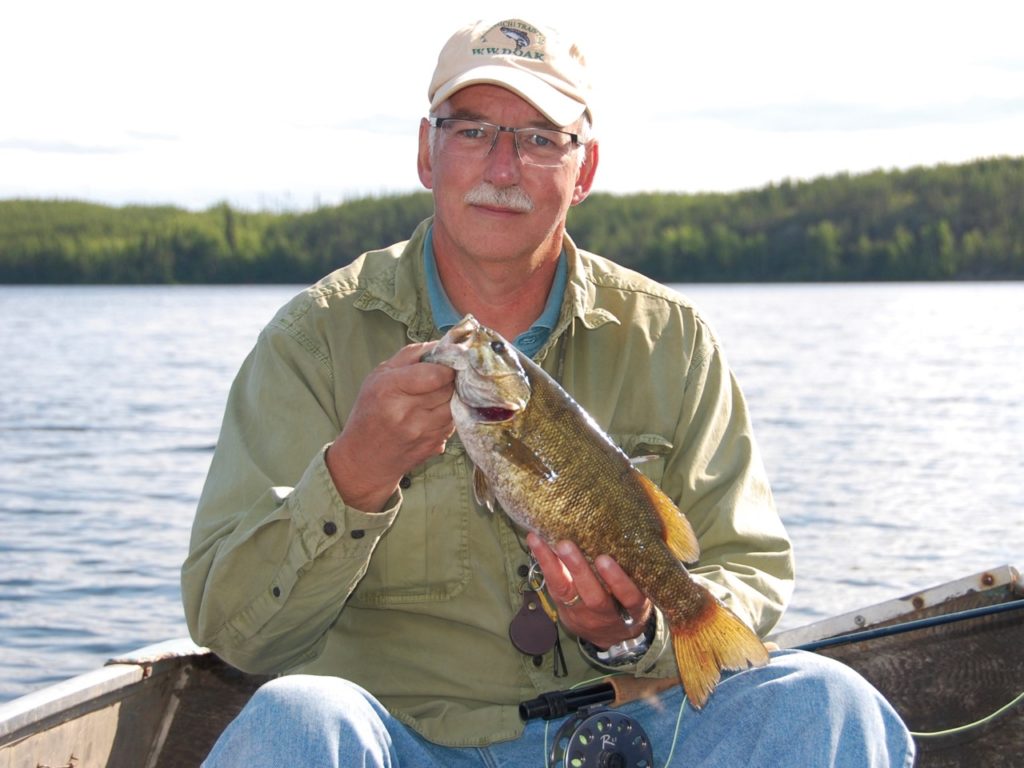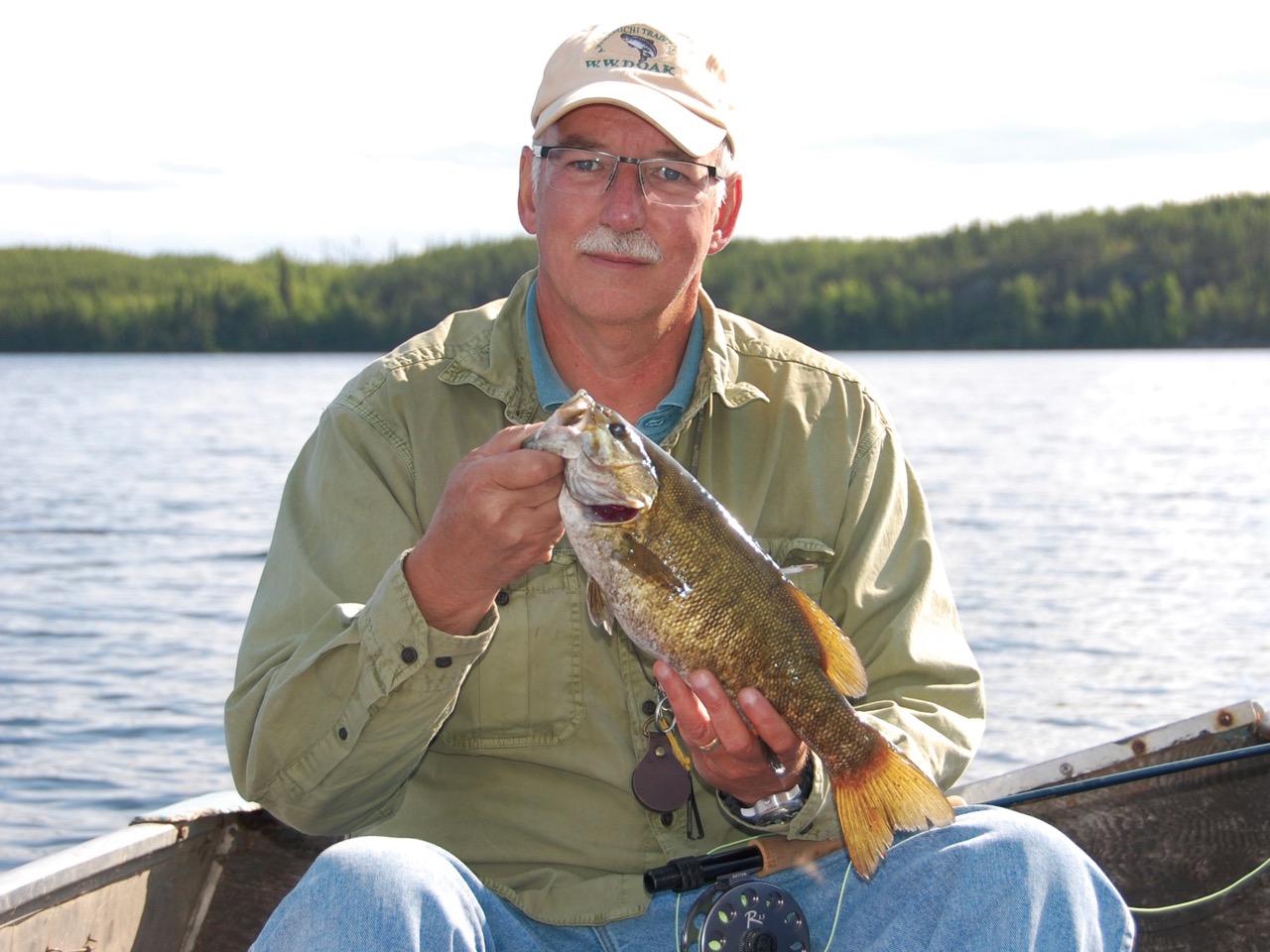Beyond trout and tweed
Too intimidated to try fly fishing? Don’t be. Here’s what you need to know to quickly start catching fish—any fish
Advertisement

To the uninitiated, the world of fly fishing can seem shrouded in mystery, populated by anglers who have their own language, wave their rods around in the air and wade dainty little trout streams dressed like they’ve just stepped out of an Orvis catalogue. All in all, it can come across as uninviting, even intimidating, to newcomers. That’s unfortunate, because fly fishing certainly isn’t difficult to master, you don’t need a bunch of expensive equipment and it’s definitely not the exclusive domain of trout anglers.
Instead, fly fishing should be thought of as simply another effective way to present a lure to virtually any species of fish, the same as you would use spoons, crankbaits or jigs depending on the season and water conditions. Certain presentations are just more effective than others in specific situations, and flies can be part of that equation. Plus, fly fishing is a lot of fun, and it adds a whole new dimension to your angling repertoire.
Advertisement
The move to fly fishing is surprisingly affordable, too. All you really need is a 6- to 8-weight fly rod and reel, a floating line, a few tapered leaders and a handful of flies. Don’t feel pressured to buy high-end gear, as it’s not needed to get started. Eventually, you may want an additional specialized line or two to help get your flies deeper, but even if you never go beyond a floating line, you’ll still have a world of fun.
And trust me when I say this: You can learn to cast a fly rod well enough to catch fish in very short order. And here I mean practically any fish. Let’s look at some best practices for catching a wide variety of popular gamefish using fly tackle.

